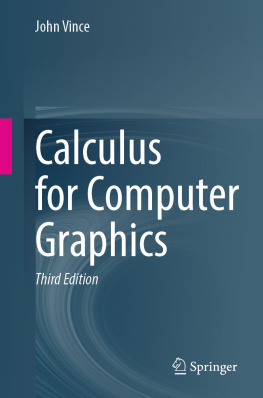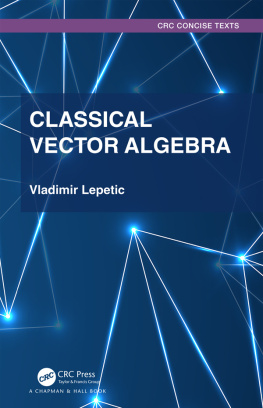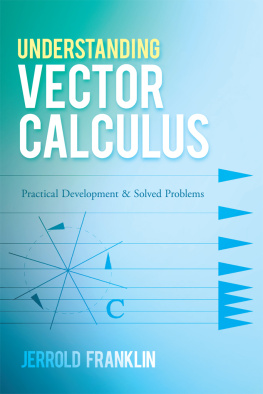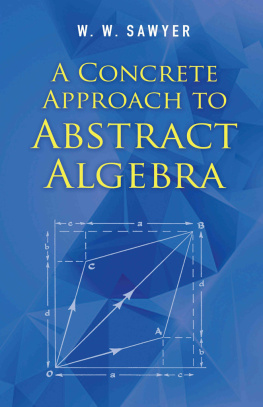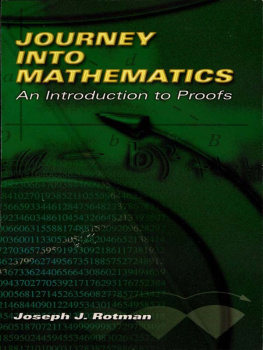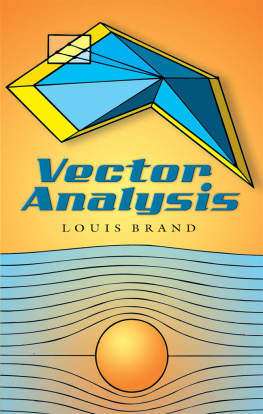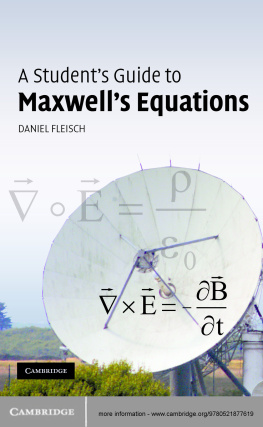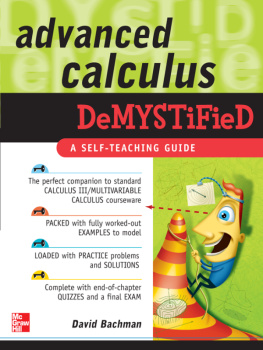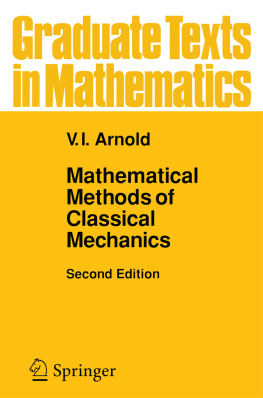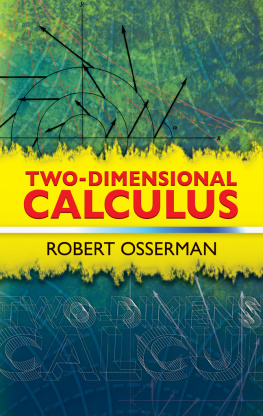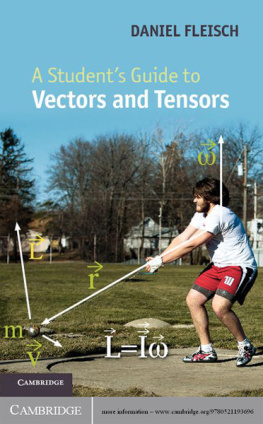Copyright
Elsevier
Linacre House, Jordan Hill, Oxford OX2 8DP
200 Wheeler Road, Burlington, MA 01803
First published in Great Britain 1995 by Arnold
Transferred to digital printing 2003
Copyright 1995 A E Hirst. All rights reserved
The right of A E Hirst to be identified as the author of this work has been asserted in accordance with the Copyright, Designs and Patents Act 1988
No part of this publication may be reproduced in any material form (including photocopying or storing in any medium by electronic means and whether or not transiently or incidentally to some other use of this publication) without the written permission of the copyright holder except in accordance with the provisions of the Copyright, Designs and Patents Act 1988 or under the terms of a licence issued by the Copyright Licensing Agency Ltd, 90 Tottenham Court Road, London, England W1T 4LP Applications for the copyright holders written permission to reproduce any part of this publication should be addressed to the publisher
), by selecting Customer Support and then Obtaining Permissions
British Library Cataloguing in Publication Data
A catalogue record for this book is available from the British Library
ISBN 0 340 61469 2
For information on all Elsevier publications visit our website at www.bh.com
Printed and bound in Great Britain
Series Preface
This series is designed particularly, but not exclusively, for students reading degree programmes based on semester-long modules. Each text will cover the essential core of an area of mathematics and lay the foundation for further study in that area. Some texts may include more material than can be comfortably covered in a single module, the intention there being that the topics to be studied can be selected to meet the needs of the student. Historical contexts, real life situations, and linkages with other areas of mathematics and more advanced topics are included. Traditional worked examples and exercises are augmented by more open-ended exercises and tutorial problems suitable for group work or self-study. Where appropriate, the use of computer packages is encouraged. The first level texts assume only the A-level core curriculum.
Professor Chris D. Collinson, , DrJohnston Anderson and Mr. Peter Holmes
Preface
Now that vectors are no longer in the core of all A-level mathematics syllabuses, the first time some students meet vectors will be in the first year at university. It seemed a good idea, therefore, to have a book on vectors starting at a very basic level, but also incorporating many of the ideas found in university mathematics courses. This book is written from the geometrical standpoint (indeed, the title was originally to have been Geometric vectors), and although applications to mechanics will be pointed out from time to time, and techniques from linear algebra will be employed, it is the geometric view which will be emphasised throughout.
, a project topic is suggested which would be well within the scope of a good first-year undergraduate (or even someone studying further mathematics at A-level).
The first four chapters are intended to be an introduction to the properties of vectors and the techniques for using them to find vector equations of planes, lines and intersections of planes and planes, planes and lines, and lines and lines. These vector methods are also the easiest way of finding the cartesian equations of planes and lines in three dimensions.
. Not many years ago, transformation geometry in two dimensions would have been met at GCSE level (or O-level, as it was then). Now this is no longer the case, it seems appropriate to include this topic in a book on geometric vectors, as, when one fully appreciates the two-dimensional case, the progression to three-dimensional transformation geometry is a small step. The basic geometrical results are expanded upon and linked with eigenvalues and eigenvectors, looked at again in a geometric light, and some useful special cases are considered.
world of manifolds and tangent bundles. These last three chapters are both a vehicle for consolidating the ideas found earlier in the book and a stepping stone to more advanced theories.
I would like to thank my colleague Ray dInverno for suggesting that I write this book, Professor Chris Collinson, who, as editor of the series, encouraged me from afar, and my colleagues and students who have given me so many new slants on the subject matter over the years. Thanks go to David Firth for introducing me to the delights of PICTEX for preparing diagrams, and to many of my colleagues whose brains have been picked concerning the use of TEX in which this text was prepared. I am particularly grateful to Susan Ward who read through the chapters of this book as they were written. Her careful attention to detail has helped to eradicate many of the host of errors that occurred in a first draft, and her view as a student on the receiving end was invaluable. That she found time to do this while studying full time for a degree and looking after her family is a tribute to her ability to organise her time so competently. Lastly, and most important of all, my thanks go to my husband, Keith, without whose constant encouragement and support (both moral and gastronomic) this book would not have been written.
Introduction to Vectors
1.1 Vectors and scalars
When people askWhat is a vector? it is as difficult to answer asWhat is a number? Both vectors and numbers are abstract ideas which represent more concrete quantities. We start by learning that two apples added to two apples gives us four apples, two pencils added to two pencils gives us four pencils, and so on using physical objects, and it is some time before we link this with the more abstract concept 2 + 2 = 4. With a vector there are two quantities involved in the representation, and we generally think of these as magnitude and direction, and we often use the term length as an alternative for magnitude. So a vector is defined as something having both magnitude and direction, and anything which has just a magnitude attached to it is called a scalar. In this book all our scalars will be real numbers, but readers should be aware that there are vector spaces for which the scalars are complex numbers or even more exotic beings.
One way of differentiating between vectors and scalars is by considering the difference between the distance between two points, which is a scalar, and the displacement of one point from another, which is a vector, and which we can regard as what we have to do to get from one point to another. In this case we need to know not only


